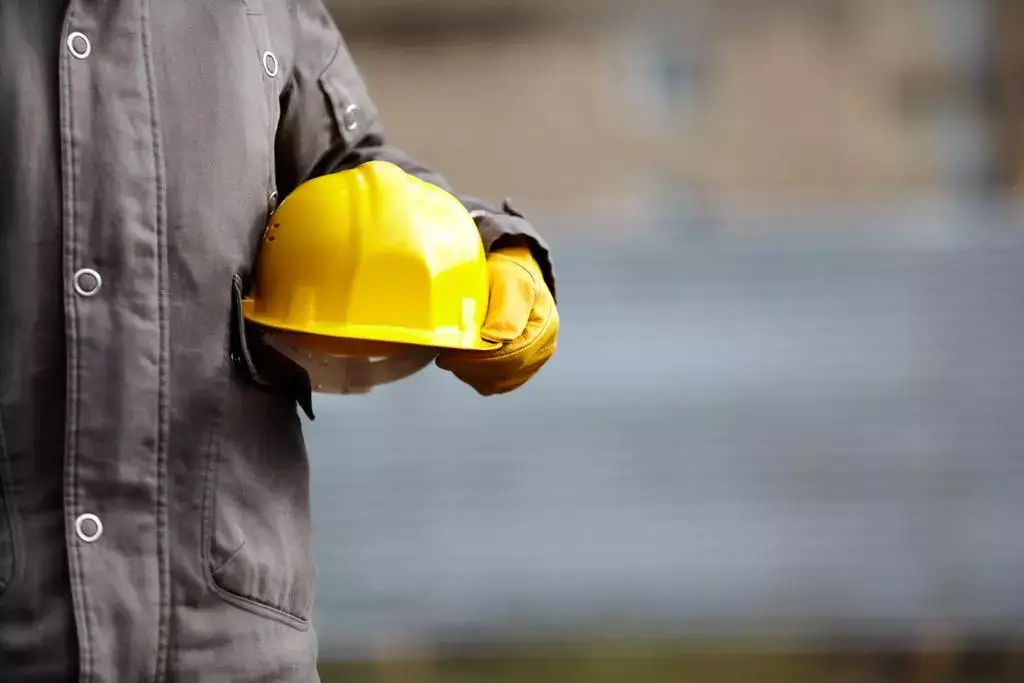With the increasing importance of construction site security, it is vital to implement effective measures to protect valuable assets, equipment, and personnel. This article focuses on key strategies and best practices to enhance construction site security. By implementing these measures, construction site operators can mitigate risks, prevent unauthorized access, and ensure a safe working environment for construction site security.
- Conducting a Comprehensive Security Assessment:
Before implementing security measures, it is essential to conduct a thorough security assessment of the construction site. This assessment should identify potential vulnerabilities, such as weak access points, inadequate lighting, or lack of surveillance coverage. Tailored security solutions can be implemented by understanding the site’s unique security risks.
- Implementing Perimeter Security Measures:
Creating a robust perimeter security system is crucial for construction sites. This includes installing strong fencing, gates, and barriers to restrict unauthorized access. Marked signage, warning of potential hazards, and indicating restricted areas help deter trespassers. Regular inspections and maintenance of perimeter security measures ensure their effectiveness.
- Deploying Video Surveillance Systems:
Video surveillance or construction security camera is a powerful tool for monitoring and deterring security threats at construction sites. Strategically placed cameras with high-resolution capabilities provide real-time monitoring and recorded evidence in case of incidents. Signs indicating the presence of surveillance can serve as a deterrent, discouraging potential criminals.
- Enhancing Access Control Measures:
Controlling access to construction sites is essential to prevent unauthorized entry. Implementing access control measures, such as electronic keycards, biometric systems, or security guards at entry points, helps ensure that only authorized personnel can enter the site. Regularly reviewing access permissions and promptly deactivating access for terminated employees or subcontractors maintains a secure access environment.
- Adequate Lighting for Enhanced Visibility:
Well-lit construction sites are less susceptible to unauthorized activities, theft, and accidents. Adequate lighting throughout the site, including entry points, parking areas, and storage spaces, helps improve visibility and deter criminal activities during nighttime hours. Motion-sensor lighting can further enhance security and conserve energy.
- Securing Equipment and Materials:
Construction sites house valuable equipment and materials, making them attractive targets for theft. Implementing measures such as locking equipment when not in use, securing storage areas, and marking tools and machinery with identification numbers helps deter theft and aids in recovery if stolen. Regular inventory checks and documentation of equipment and materials also play a vital role in maintaining security.
- Establishing a Security Culture:
Creating a security-conscious culture among construction site personnel is crucial for overall site security. This involves providing security training to employees, raising awareness about potential risks, and encouraging reporting of suspicious activities. Regular communication about security protocols and procedures ensures everyone is informed and actively participates in maintaining a secure environment.
- Collaborating with Local Law Enforcement:
Establishing a working relationship with local law enforcement agencies can provide additional support and enhance security at construction sites. Informing them about the site’s activities, sharing security plans, and reporting incidents or suspicious activities promptly strengthens the overall security posture.
- Regular Security Patrols and Inspections:
Frequent security patrols by trained personnel help identify vulnerabilities, deter potential threats, and respond quickly to security breaches. Regular inspections of fencing, gates, lighting, and surveillance systems ensure proper functioning. Maintaining accurate records of security patrols and inspections provides a comprehensive overview of site security activities.
- Continual Monitoring and Evaluation:
Security measures should be evaluated to ensure effectiveness. Regular reviews of security protocols, incident reports, and feedback from construction site personnel allow for necessary adjustments and improvements. Staying updated with emerging security technologies and continually checking on construction site video monitoring tools ensures the security system is well equipped to handle changing landscape of threats.
Conclusion:
By implementing comprehensive security measures, construction site operators can significantly enhance the protection of assets, equipment, and personnel. Conducting thorough construction site security systems assessments, implementing perimeter security, deploying video surveillance, enhancing access control, and fostering a security-conscious culture contribute to creating a secure construction environment. Regular monitoring, evaluation, and collaboration with local law enforcement ensure the security system remains robust and adaptive to emerging threats, safeguarding construction sites effectively.
Lucas Noah, armed with a Bachelor’s degree in Information & Technology, stands as a prominent figure in the realm of tech journalism. Currently holding the position of Senior Admin, Lucas contributes his expertise to two esteemed companies: OceanaExpress LLC and CreativeOutrank LLC. His... Read more
